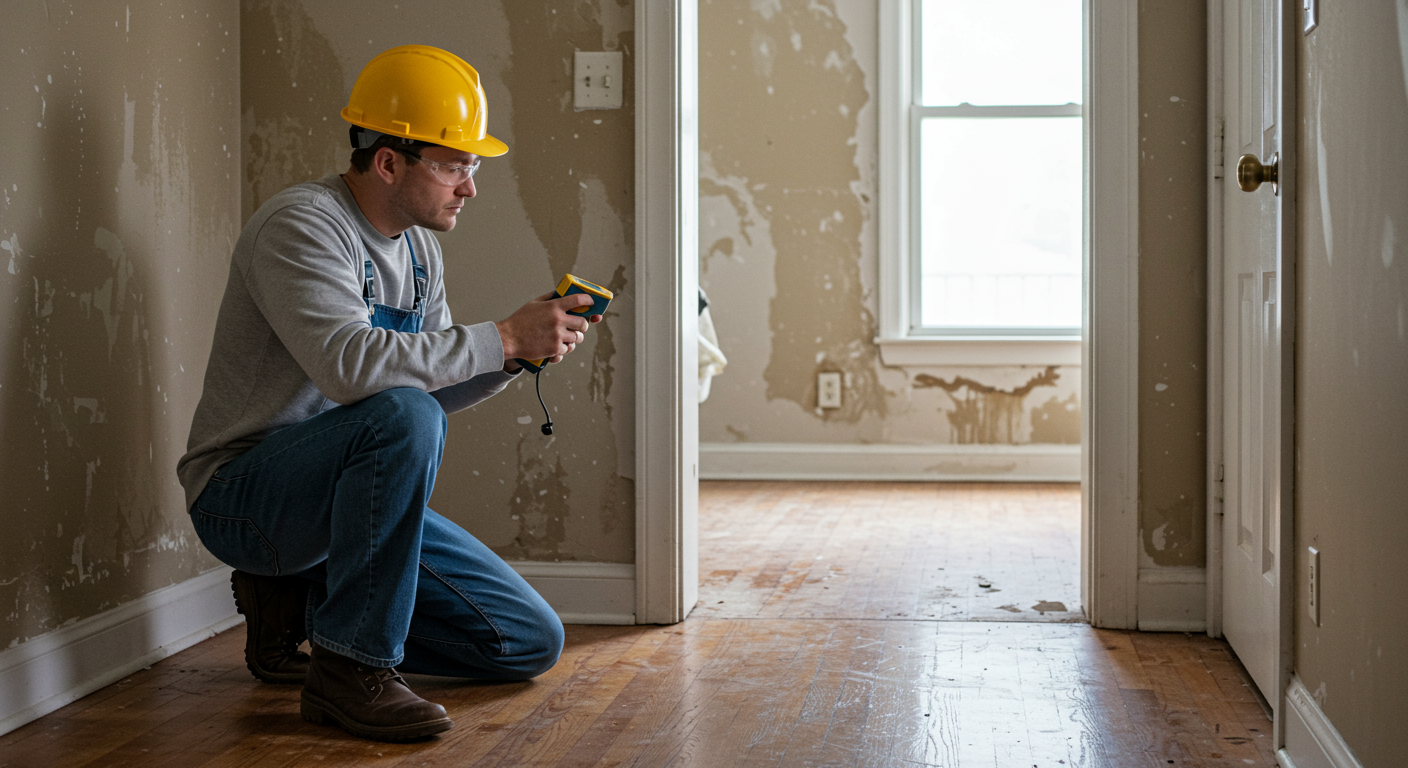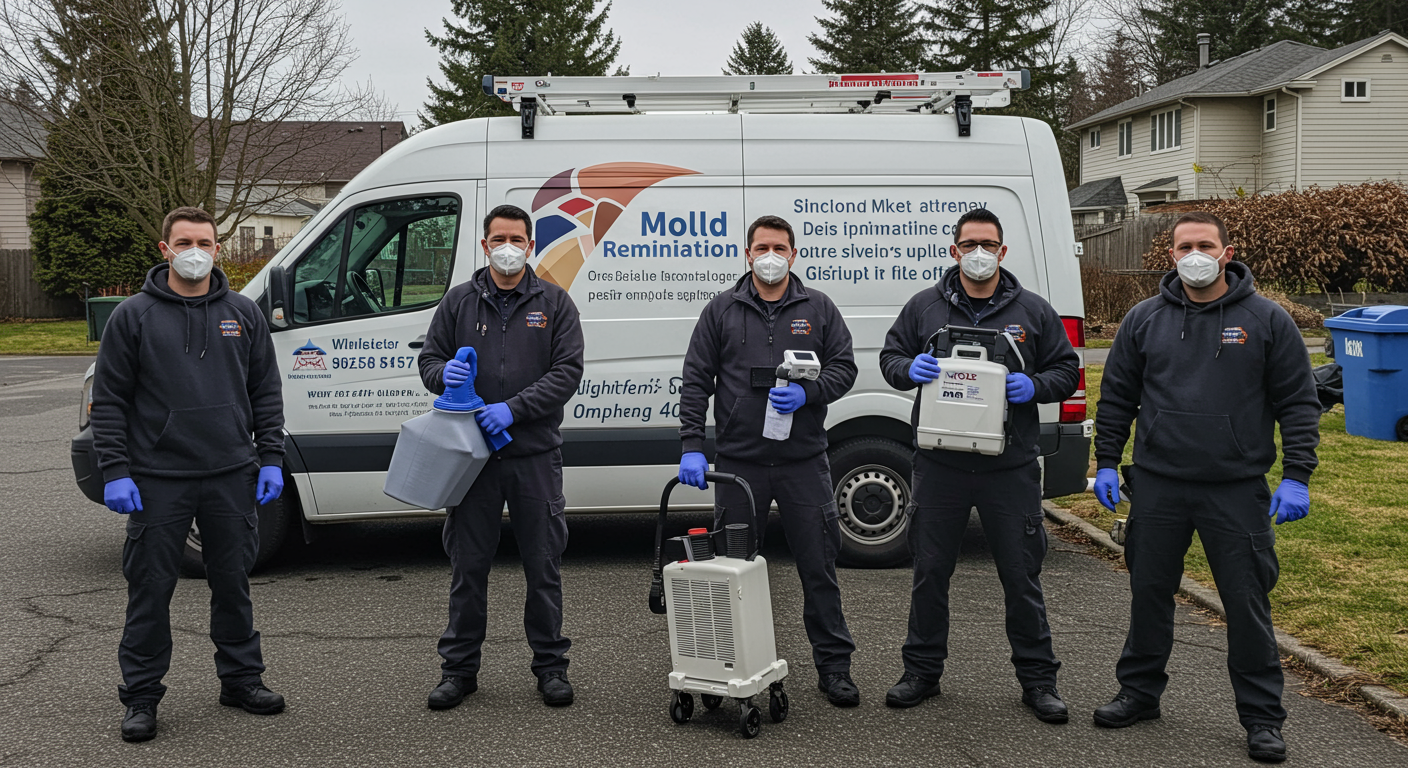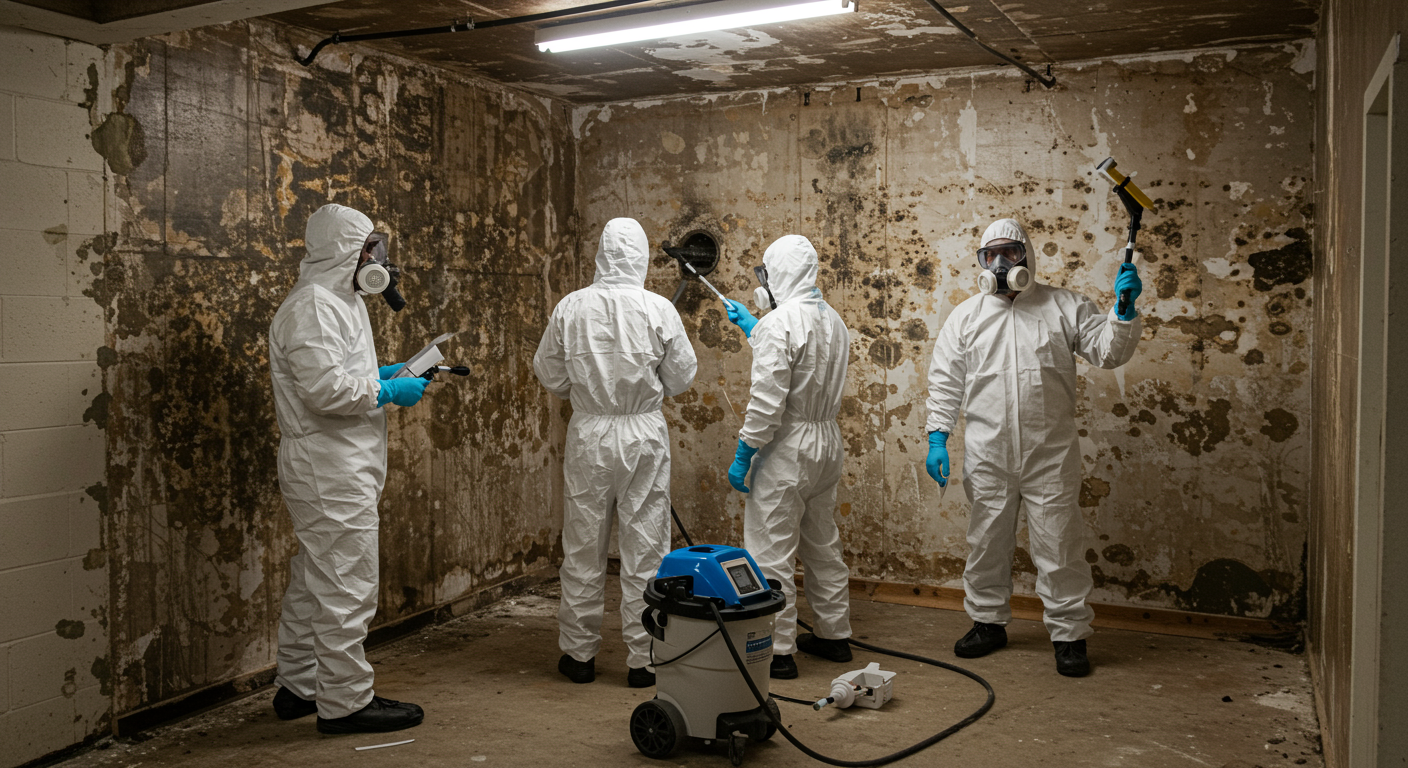Water damage can be a homeowner’s worst nightmare, causing structural issues, mold growth, and costly repairs. Understanding the costs and processes involved in water damage mitigation is crucial, especially for residents of Lake Oswego, OR, where weather conditions can sometimes lead to unexpected water-related emergencies. This guide will walk you through everything you need to know about water damage mitigation costs, the restoration process, and preventive measures to protect your home.
Understanding Water Damage: Types and Causes
Water damage can occur in various forms, each with unique challenges and implications. Identifying the type of water damage is the first step in determining the appropriate mitigation strategy.
Categories of Water Damage (Clean, Grey, and Black Water)
Water damage is typically categorized into three types:
- Clean Water Damage: This involves water from clean sources like broken pipes or rainwater. While less hazardous, it still requires prompt action to prevent further damage.
- Grey Water Damage: This includes water from appliances like washing machines or dishwashers. It may contain contaminants and requires professional cleaning.
- Black Water Damage: The most severe category, black water contains harmful bacteria and pathogens, often originating from sewage backups or flooding. Immediate professional intervention is essential.
Common Sources of Water Damage in Lake Oswego
In Lake Oswego, common causes of water damage include heavy rainfall, plumbing leaks, and burst pipes due to freezing temperatures. Additionally, poorly maintained gutters and downspouts can lead to water pooling around the foundation, causing structural damage. Homeowners should remain vigilant and address potential risks promptly to minimize damage.
Cost Breakdown of Water Damage Mitigation in Lake Oswego
Understanding the costs associated with water damage mitigation can help homeowners budget effectively and make informed decisions during emergencies.
Average Costs for Different Types of Water Damage
The cost of water damage mitigation varies based on the severity and type of damage:
- Clean Water Damage: Typically costs between $1,000 and $4,000, depending on the affected area.
- Grey Water Damage: Ranges from $3,000 to $7,000 due to the need for specialized cleaning and disinfection.
- Black Water Damage: Costs can exceed $10,000, as it involves extensive cleaning, repairs, and potential health hazards.
Factors Influencing Water Damage Restoration Costs
Several factors can impact the overall cost of water damage restoration:
- Extent of Damage: Larger areas or severe damage will naturally cost more to repair.
- Type of Water: Black water damage requires more intensive cleaning and safety precautions, increasing costs.
- Materials Affected: Hardwood floors, carpets, and drywall may need replacement, adding to expenses.
- Emergency Services: After-hours or urgent services may incur additional charges.

The Importance of Professional Water Damage Restoration Services
Hiring certified professionals for water damage restoration ensures the job is done efficiently and safely, minimizing long-term risks.
Benefits of Hiring Certified Contractors
Certified contractors bring expertise and specialized equipment to handle water damage effectively. Key benefits include:
- Thorough Assessment: Professionals use advanced tools like moisture meters to identify hidden damage.
- Efficient Drying: Industrial-grade dehumidifiers and air movers speed up the drying process, preventing mold growth.
- Insurance Assistance: Many contractors assist with insurance claims, simplifying the process for homeowners.
The Restoration Process Explained
The water damage restoration process typically involves the following steps:
- Inspection and Assessment: Identifying the extent of damage and creating a mitigation plan.
- Water Extraction: Removing standing water using pumps and vacuums.
- Drying and Dehumidification: Eliminating moisture to prevent mold growth.
- Cleaning and Sanitizing: Disinfecting affected areas to ensure safety.
- Repairs and Restoration: Replacing damaged materials and restoring the property to its original condition.
Preventive Measures and FAQs about Water Damage
Preventing water damage is always more cost-effective than dealing with its aftermath. Here are some tips and answers to common questions.
Tips to Prevent Water Damage in Your Home
- Inspect Plumbing Regularly: Check for leaks or corrosion in pipes and fixtures.
- Maintain Gutters and Downspouts: Ensure they are clear of debris to prevent water pooling.
- Install a Sump Pump: Protect your basement from flooding during heavy rains.
- Seal Windows and Doors: Prevent water intrusion during storms.
- Monitor Water Usage: Unusual spikes in your water bill could indicate a hidden leak.
Frequently Asked Questions about Water Damage Mitigation
Q: How quickly should I address water damage?
A: Immediately. Delaying mitigation can lead to mold growth and structural damage.
Q: Does homeowners insurance cover water damage?
A: It depends on the cause. Sudden events like burst pipes are typically covered, but gradual damage may not be.
Q: Can I handle water damage restoration myself?
A: Minor issues can be DIYed, but severe damage requires professional expertise to ensure safety and effectiveness.
For more insights on maintaining a healthier home, explore Mold Remediation Hillsboro, OR: Protect Your Home and Health.
Water damage mitigation is a critical aspect of homeownership, especially in areas like Lake Oswego, OR, where weather conditions can pose challenges. By understanding the costs, benefits of professional services, and preventive measures, homeowners can protect their properties and minimize expenses. Stay proactive, and don’t hesitate to seek professional help when needed.


